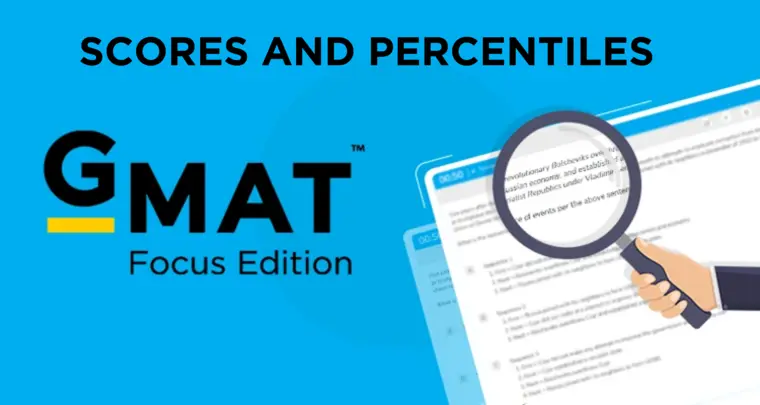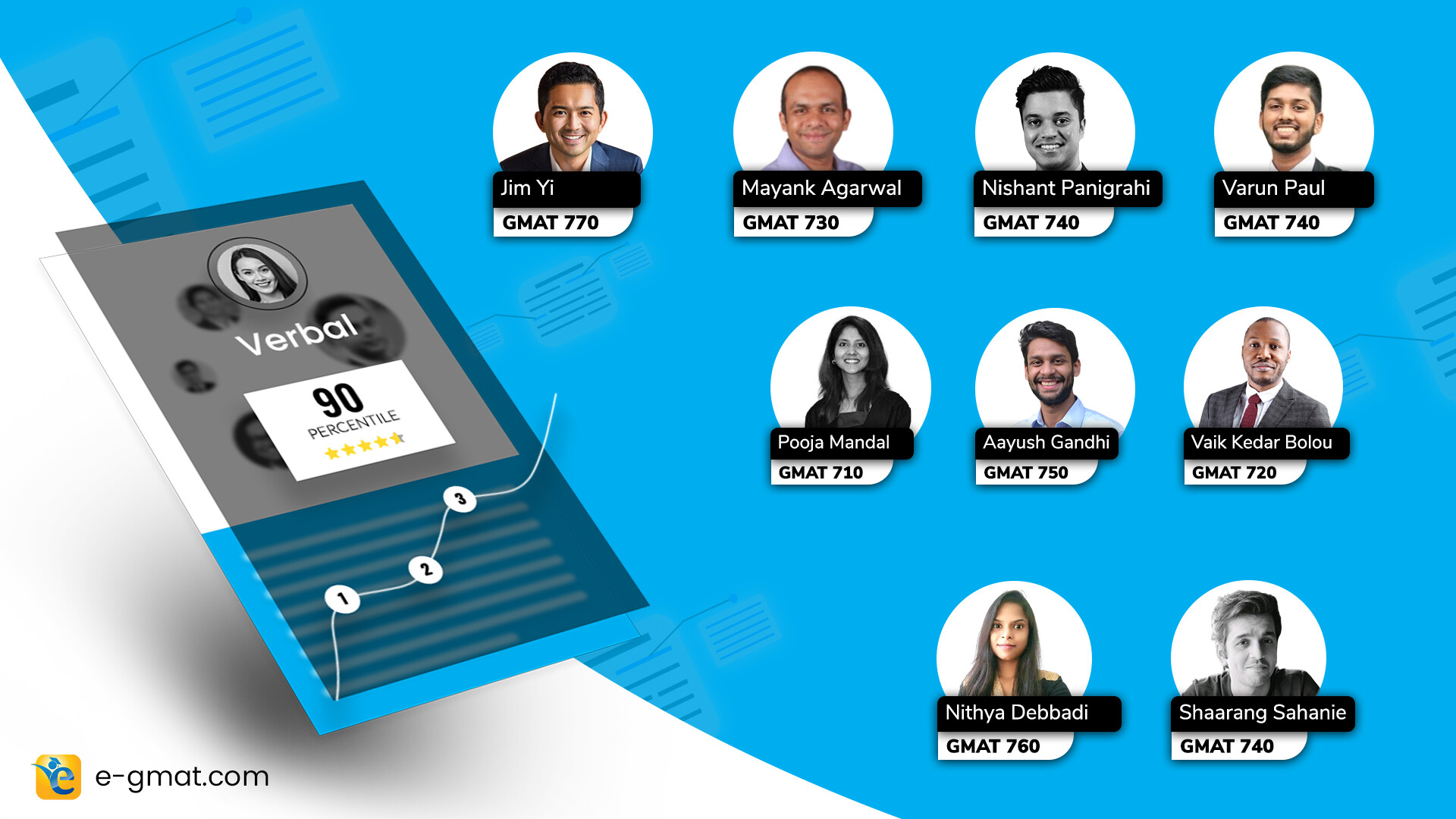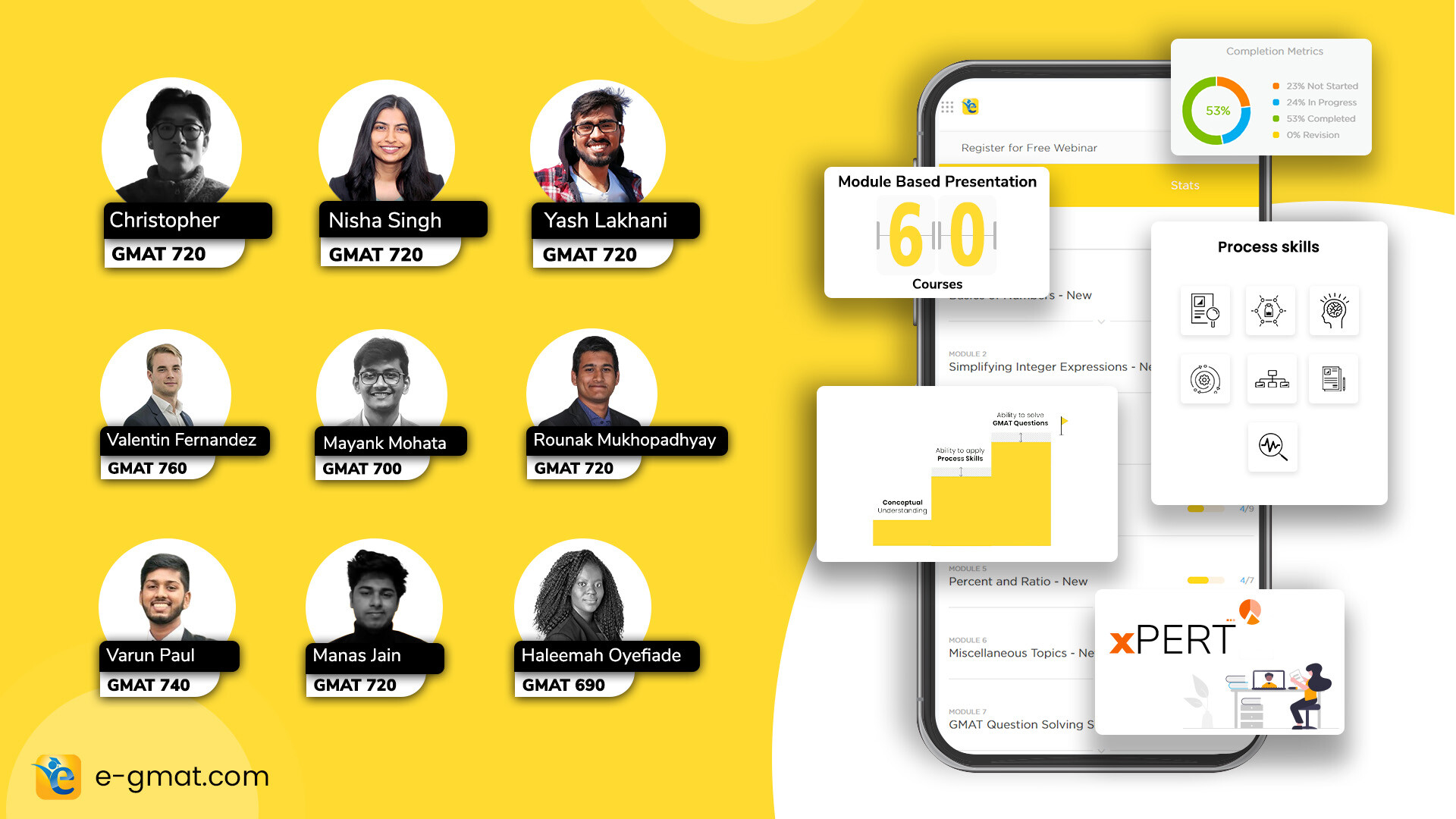The primary purpose of an MBA is to advance your career and help you attain your career goals. Therefore, a lot of international students choose their MBA destination on the basis of ease of finding employment and overall employment opportunities available in the host country. To work in that host country, you’ll need a post MBA work visa. This is where things get tricky (..thanks to geopolitics!). You’ll have to go through a rigorous process to successfully acquire the right to work in the job market of the host country.
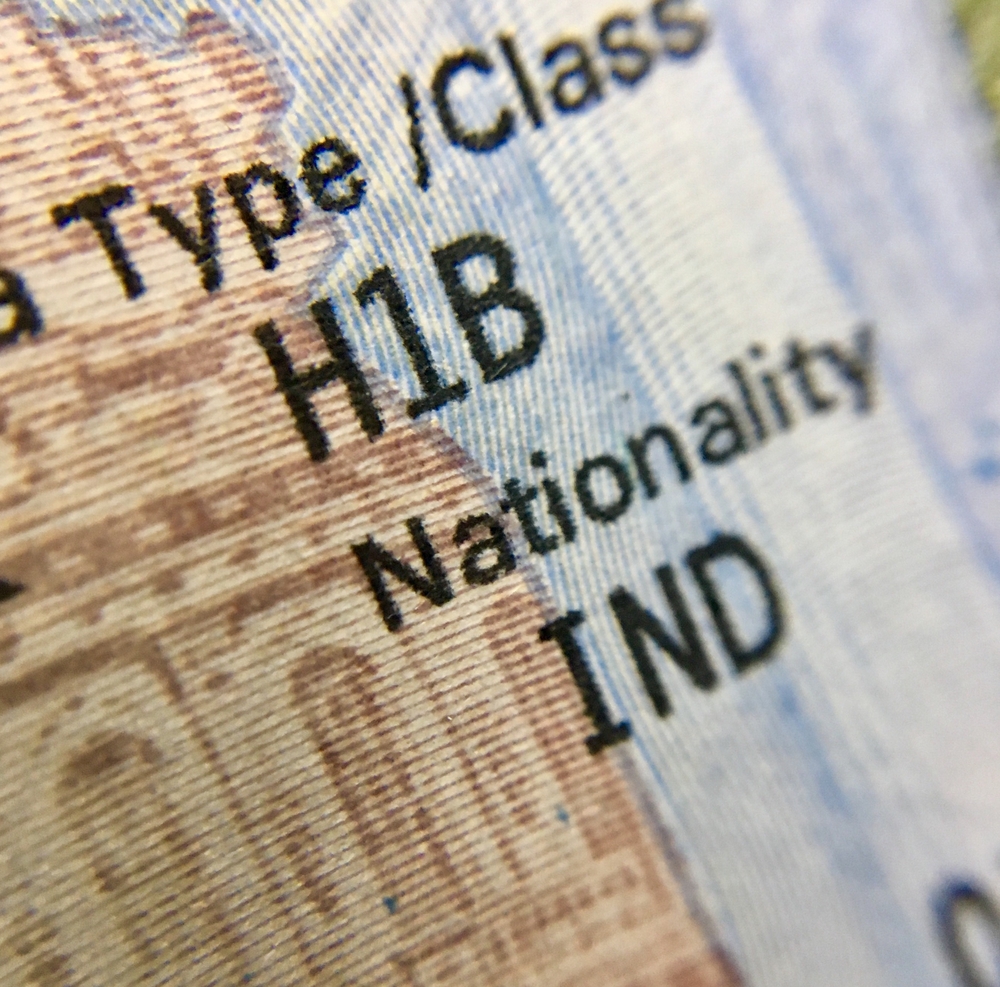 The USA is the top destination for international students owing to the quality of education and availability of relevant employment. If you are planning to or are already pursuing MBA in the US, then this article is for you. We’ve covered the 3 ways in which you can extend your stay in the US and work after completing your MBA.
The USA is the top destination for international students owing to the quality of education and availability of relevant employment. If you are planning to or are already pursuing MBA in the US, then this article is for you. We’ve covered the 3 ways in which you can extend your stay in the US and work after completing your MBA.
- Optional Practical Training (OPT) | Extended 12-month stay
- H-1B Visa | post MBA work visa
- Green Card | Permanent Residency
Working after MBA in the USA – Post MBA work visa
To pursue an MBA in the US, you need the F-1 Visa. This visa allows you to stay in the United States for 60 days after your graduation date. If you plan on working in the US after graduating, then you can do so by applying for the right visa.
Here are 3 ways in which you can extend your stay in the US after completion of your MBA degree:
1. Optional Practical Training (OPT)
What is OPT and what makes you eligible for it?
Optional Practical Training allows you to stay and work in the United States for 12 months after graduating. It is a temporary employment opportunity in a field directly related to that of the study of the student. To be eligible for the OPT, you have to complete one academic year in the US.
Different types of OPT
There are two types of OPT:
- Pre-completion OPT
After completing one full academic year, you may apply for pre-completion OPT. You may work part-time for 20 hours per week or less when school is in session and full-time when school is not in session. You can apply for pre-completion OPT up to 90 days before the academic year ends.
- Post-completion OPT
You can participate in OPT after completion of your MBA. You can work part-time as well as full-time during your post-completion OPT. You can apply up to 90 days before you complete your degree, but no later than 60 days after you complete your degree.
A 740+ GMAT score increases your chance of studying at a US business school. We can help you with quality online content to prepare. We are the most reviewed GMAT prep company on gmatclub with more than 2000 reviews.
Why don’t you take a free trial and judge for yourself? Write to us at acethegmat@e-gmat.com in case of any query.
5 FAQs on Optional Practical Training (OPT)
1. Who should I contact to apply for OPT?
You should contact the designated school official (DSO) at your school to recommend the OPT. He/ She will recommend your OPT application by endorsing the form I-20 Certification of Eligibility for Nonimmigrant Student Status. Once this is done, he/she will make a record of your application in the Student and Exchange Visitor Information System (SEVIS).
2. How should I apply for the OPT?
To apply you should fill up the Form I-765, Application for Employment Authorization and submit it to USCIS, accompanied by the required fee and the supporting documentation as described in the form instructions.
3. Will the pre-completion OPT count towards the total allowable 12-month duration?
Yes, it will be. If you participate in pre-completion OPT, then USCIS will deduct the amount that amount of time from your post-completion OPT.
4. I worked part-time during pre-completion OPT. How will that duration be deducted from my post-completion OPT?
Part-time pre-completion OPT will count half, and full-time pre-completion OPT will count full. For example, if you worked part-time for 4 months during pre-completion OPT, you’ll have 10 months remaining for the post-completion OPT.
5. Can the duration of OPT be extended?
No. OPT cannot be extended beyond 12 months.
However, the terms of OPT for courses in STEM (Science, Technology, Engineering, Mathematics) fields are different. Here is the full list of courses considered to be in the STEM fields of study by the United States Citizenship and Immigration Services (USCIS).
OPT for STEM Students

STEM (Science, Technology, Engineering, Mathematics) students get an opportunity to apply for a 24-month extension on their post-completion OPT, provided they have been granted the initial 12-month post-completion OPT and are in the valid period of OPT.
You would be wondering – an MBA does not belong to the STEM fields. That’s true. However, there are a few MBA programs in the US which are designated as STEM courses. These are general business degrees with an emphasis on STEM applications. They include accounting, business analytics, decision theory, finance, economics, information technology, law, marketing, management, statistics, and strategy while providing business skills to be successful in management and leadership roles.
List of STEM MBA programs offered by US business schools
Here is the list of US Business Schools offering STEM MBA Programs:
| Business School | STEM MBA Programs |
| University of Rochester – Simon Business School | MBA (All programs) |
| Wisconsin School of Business | Operations and Technology Management (MBA specialization) |
| Wisconsin School of Business | Supply Chain Management (MBA specialization) |
| University of Iowa’s Tippie College of Business | Full-time MBA program |
| Tippie College of Business | Masters in Finance |
| Tippie College of Business | Masters in Business Analytics |
| Caroll School of Management, Boston College | MS in Finance |
| University of Connecticut | MS in Financial Risk Management |
| University of Connecticut | MS in Business Analytics and Project Management |
| Whitman School of Management | Masters in Finance |
| SMU Cox School of Business | MS in Finance degree |
| Worcester Polytechnic Institute – Foisie Business School | MBA |
| University of Massachusetts Dartmouth, Charlton College of Business | MBA in Business Analytics |
| University of Notre Dame, Mendoza College of Business | MBA/MS in Business Analytics Dual Degree |
| University of Georgia, Terry College of Business | MBA option for University of Georgia undergraduates |
The list is small as of now, but top business schools are slowly catching up. Duke’s Fuqua School of Business launched a new MBA certificate course in ‘Management Science and Technology Management.’ This course is available to current daytime MBA students.
As of now you have limited scope of working in the USA after an MBA through the OPT program. Let’s discuss the second option, which has much more scope for MBA graduates.
2. H-1B visa | Post MBA work visa
The H-1B visa is an employment-based, non-immigrant visa for temporary workers. You can transfer your F-1 student visa to an H-1B visa if your US employer is willing to sponsor you. With an H-1B visa, you can live and work for up to 6 years in the US. If you work for the same employer for 4 years, your employer can file for employment-based permanent residency in the fifth year of your employment. This will extend your visa duration past 6 years limit.
If you change your job within the 6-year period, you’d have to apply for the H-1B visa again. However, with an H-1B visa, you can work for a limited number of years. If you plan to stay and work in the US permanently, then the “Green Card” is the way to do it!
Learn about the new H-1B visa rules and how they are a boon for MBA applicants.
Which industry sponsors the highest H-1B for MBAs?
According to a poll conducted by Transparent Career, Technology (28.2%) and Consulting (21.9%) companies sponsor the most H-1B visas, followed by Manufacturing (5.3%) and Financial Services (5.3%). Take a look at the below chart to understand which industries have sponsored the most H-1B visas.
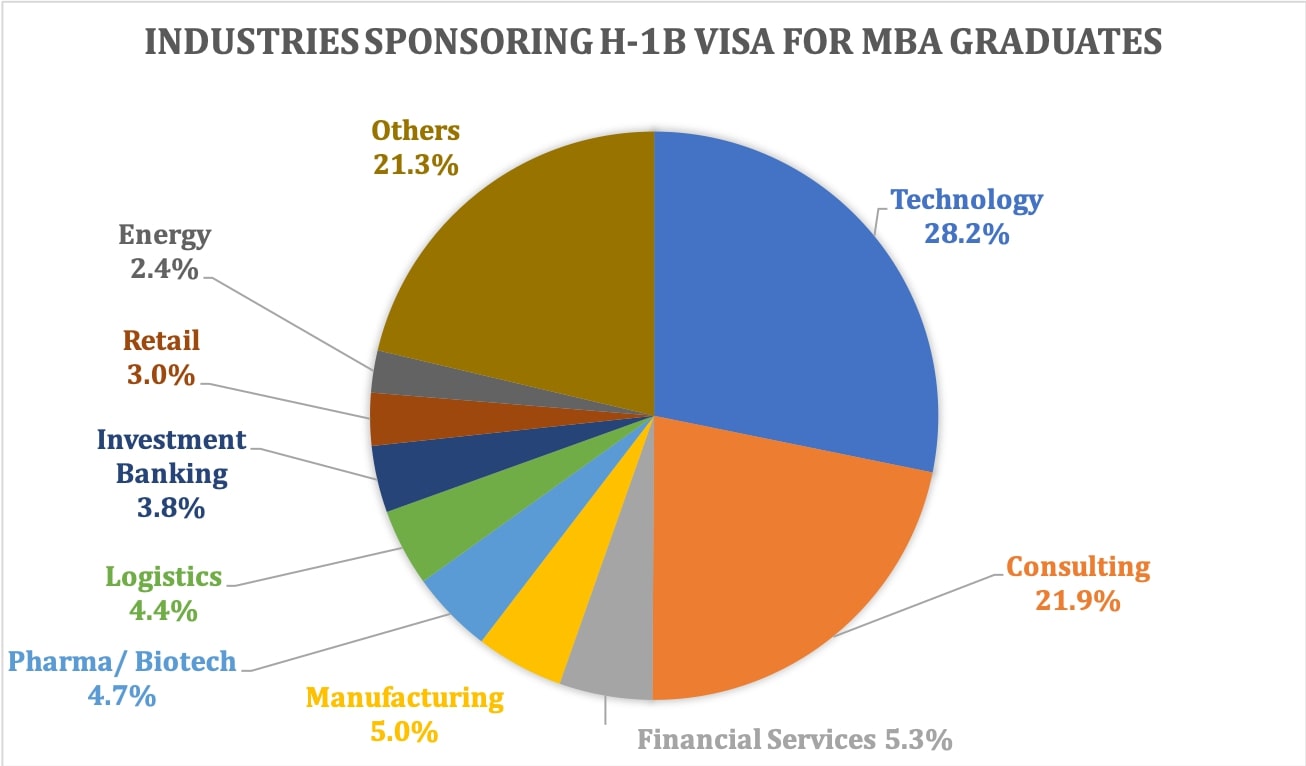
Consulting, Finance, and Technology companies that hire the majority of graduating MBA class of top business schools account for 59% of the total H-1B visas sponsored.
3. Green Card – The American Dream
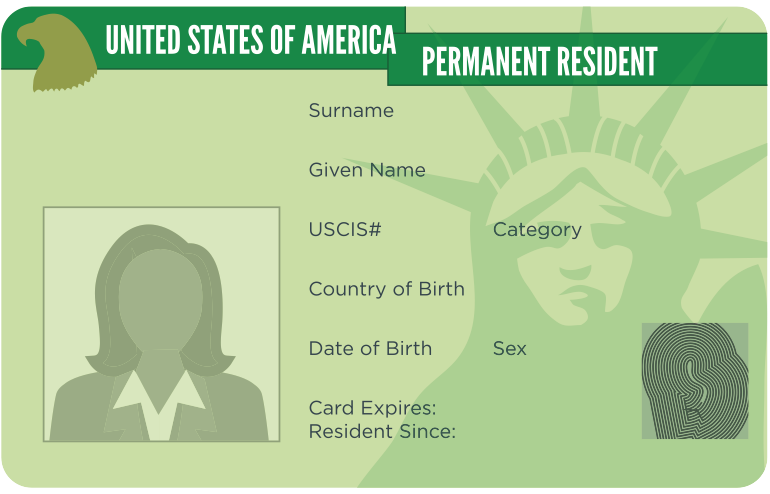 The green card is the key to permanent residency. However, it is difficult to acquire because of the huge demand for it. But as an international student, you’ll have an advantage in receiving a green card status because you’ve already spent a considerable amount of time living in the United States legally. A green card lets you work anywhere in the US, receive government benefits, and live in the US indefinitely. To learn about what makes you eligible for the green card, visit the USCIS website.
The green card is the key to permanent residency. However, it is difficult to acquire because of the huge demand for it. But as an international student, you’ll have an advantage in receiving a green card status because you’ve already spent a considerable amount of time living in the United States legally. A green card lets you work anywhere in the US, receive government benefits, and live in the US indefinitely. To learn about what makes you eligible for the green card, visit the USCIS website.
Chances of getting a green card through employment
Every year maximum of 140,000 applicants are awarded Green card based on employment. Each country is limited to receive 7% of the 140,000 i.e. 9,800 green cards irrespective of the population size of the country.
Moreover, Employment-Based (EB) green cards are given based on preference according to three categories:
- First preference (EB-1) – priority workers
- Foreign nationals with extraordinary ability in the sciences, arts, education, business, or athletics
- Outstanding professors and researchers
- Certain multinational managers and executives
- Second preference (EB-2) – foreign nationals who are members of the professions holding advanced degrees or who have exceptional ability (including requests for national interest waivers)
- Third preference (EB-3) – skilled workers, professionals, or other workers
As you can see, as an MBA graduate you would be highly preferred when it comes to getting a green card.
These were the 3 ways through which you can extend your stay in the United States after completing your MBA. But before worrying about the post MBA work visa formalities, you need to first get into a top US business school. To get into your target business school, acing the GMAT is the first step.
A 740+ GMAT score increases your chance of studying at a US business school. We can help you with quality online content to prepare. We are the most reviewed GMAT prep company on gmatclub with more than 2000 reviews.
Why don’t you take a free trial and judgefor yourself? Write to us at acethegmat@e-gmat.com in case of any query.



